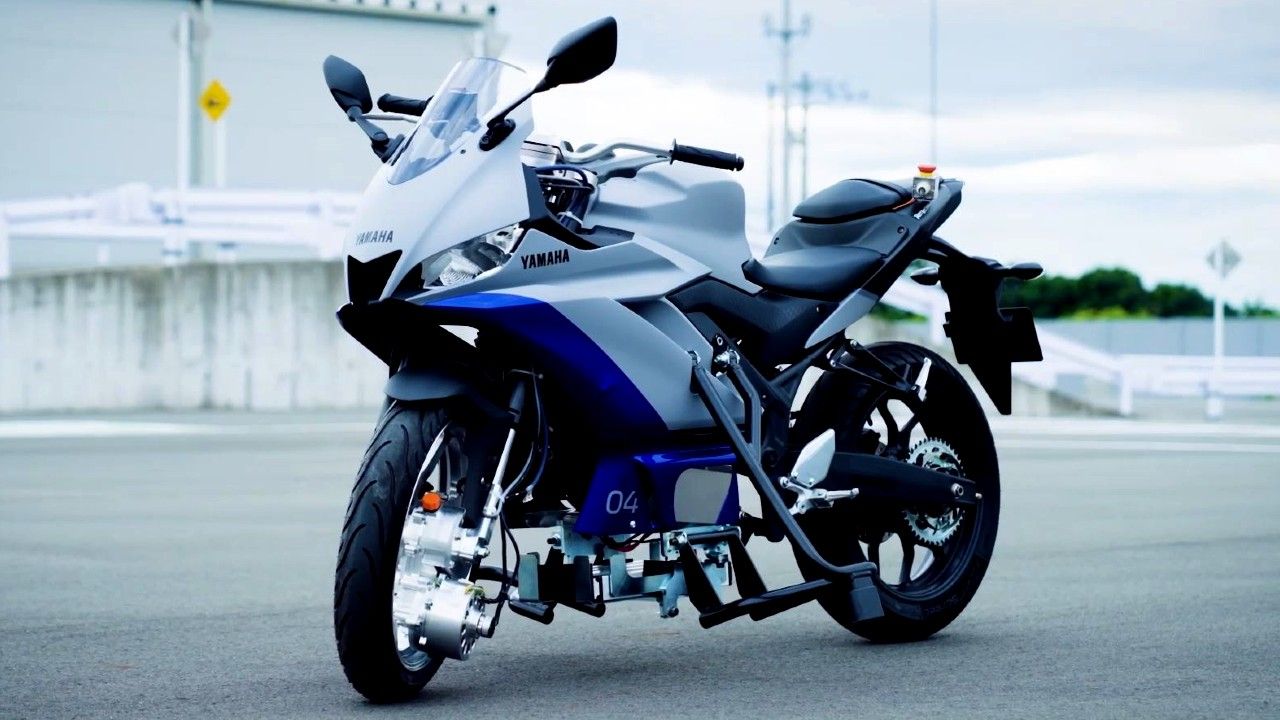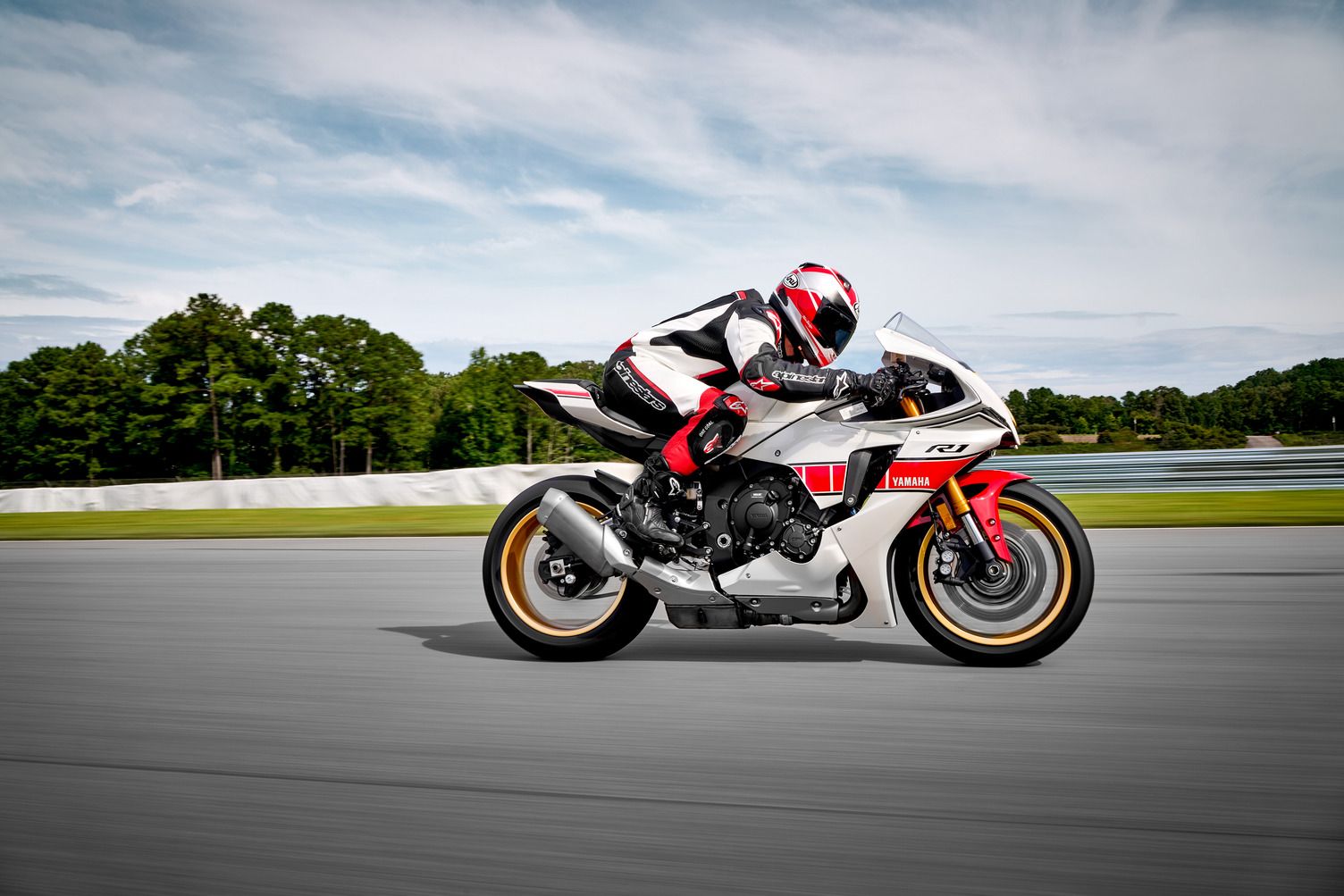Falling isn't ideal, but it is an integral part of motorcycling. You will tip over at some point - whether it’s through your fault or someone else’s - and there’s not much you can do except take precautions. But what if we told you there was a technology to prevent this once and for all? Scratching your head? Well, don’t because Yamaha has inched ever closer to an anti-fall motorcycle via its Advanced Motorcycle Stabilization Assist System (or AMSAS). Let’s dive in.
Yamaha’s AMSAS Keeps The Motorcycle Upright At All Times
Yamaha first unveiled the technology last year, plonked onto a YZF-R25 (essentially a detuned version of the YZF-R3 sold here). It comprises a steering system that turns the handlebar automatically, just like the inputs you’d give. This is mated to an electric drive actuator on the front wheel, and a six-axis IMU to monitor the lean, tilt, and yaw. Bear in mind, though, the system isn’t linked to the R25’s 249cc, single-cylinder engine, so it only stabilizes the motorcycle up to 3mph. Not a big deal, considering the motorcycle is less vertically stable at lower speeds (due to fewer gyroscopic forces). So essentially, it’ll eliminate the need to put your feet down at a signal or while maneuvering in tight spaces.
Another key aspect of the AMSAS is its simple construction. Yes, we know the prototype looks odd, but it doesn’t require any alterations to the chassis. This, coupled with a few design refinements, will make it easy to use on existing Yamaha motorcycles. In fact, with the project halfway done, Team Blue’s key focus now is to downsize the components, so it not only fits motorcycles but also “a wide range of other personal mobility applications, like bicycles.”
In the meantime, since the IMU is an essential element here, it means the system would automatically work well with IMU-equipped motorcycles. Currently, this includes the Yamaha YZF-R1, MT-10, and the new-for-2023 Tracer 9 GT+. The latter also has a radar-equipped Unified Braking System (UBS) which Yamaha, understandably, aims to couple with AMSAS in the future.
As for the AMSAS’ purpose, “It’s to create conditions where the rider can focus more on operating their bike, so that everyone can enjoy that sense of being one with your machine. By providing an assist when the bike is more unstable and requires skill to operate, we want to deliver fun rooted in peace of mind to a wide range of riders” says Jun Sakamoto, Yamaha’s Safety Strategy in charge.
When Will Yamaha’s AMSAS Be Ready?
Yamaha hasn’t revealed a fixed timeline for the AMSAS, nor has it revealed its full applications yet. But by the looks of it, the project is in full swing and should help the Japanese company inch a step closer to its bigger goal - eliminating motorcycle fatalities by 2050. Whether the system will be sold separately or be incorporated in future Yamahas remains unknown for now.



